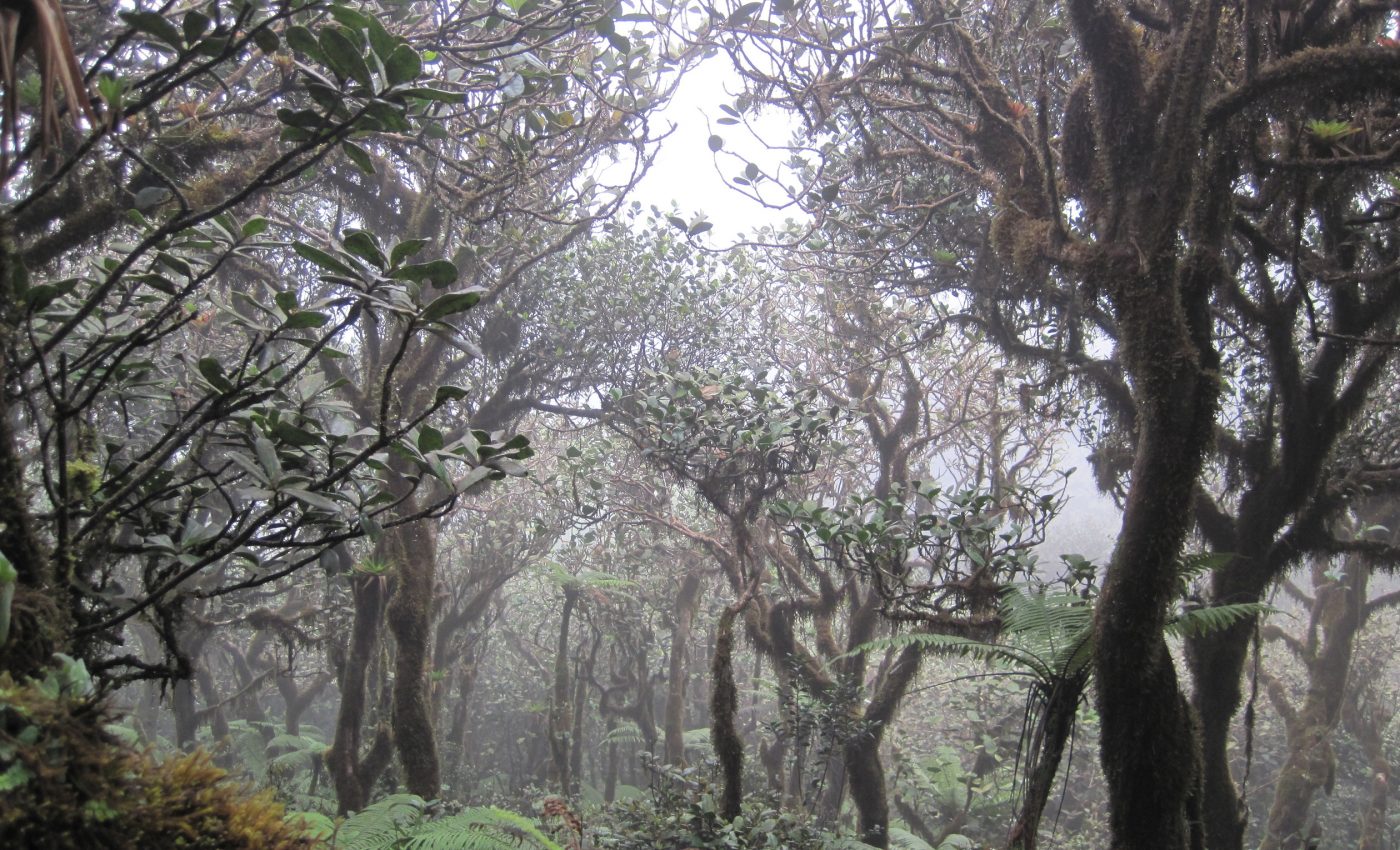
Neotropical cloud forests could lose their clouds by 2060
Scientists from the U.S. Forest Service labs located in Puerto Rico, Fort Collins, Colorado, and Colorado State University have found that climate change could shrink the Western Hemisphere’s prolific cloud forests as much as 90% by 2060. If the production of greenhouse gas emissions is not curbed immediately, the entire current cloud and frost environment, home to a diverse alpine ecosystem, will nearly disappear.
These cloud forests, known as páramo, are located on the tops of tropical mountains in the Western Hemisphere. The trees, plants, and lichen living within these cloud-coated locations are vital to the diversion of water vapor used for the production of about 75% of stream water in drier surrounding locations.
It is in these forests in Central Mexico that Monarch butterflies spend their winters, and a totally unique species, like the Elfin Woods Warbler of the Caribbean, live and thrive.
But if warming continues, páramo cloud immersion would be totally depleted in Mexico, Central America, and the Caribbean, and these habitats will be damaged, if not completely lost.
Using data on mountain size and climate, and previous observations from ecological studies, the team of scientists mapped the future progression of cloud immersion — the one feature that cloud forest species are adapted to.
They then projected the cloud forest extent and humidity to find cloud density and frequency within several scenarios revolving around greenhouse gas emissions.
The study, published in PLOS One, found that cloud immersion would drop in all scenarios, which could and will be devastating for both the species within and those who enjoy visiting the cloud forests if climate change is not addressed immediately.
—
By Olivia Harvey, Earth.com Staff Writer
Paid for by Earth.com
Image Credit: María Rivera













